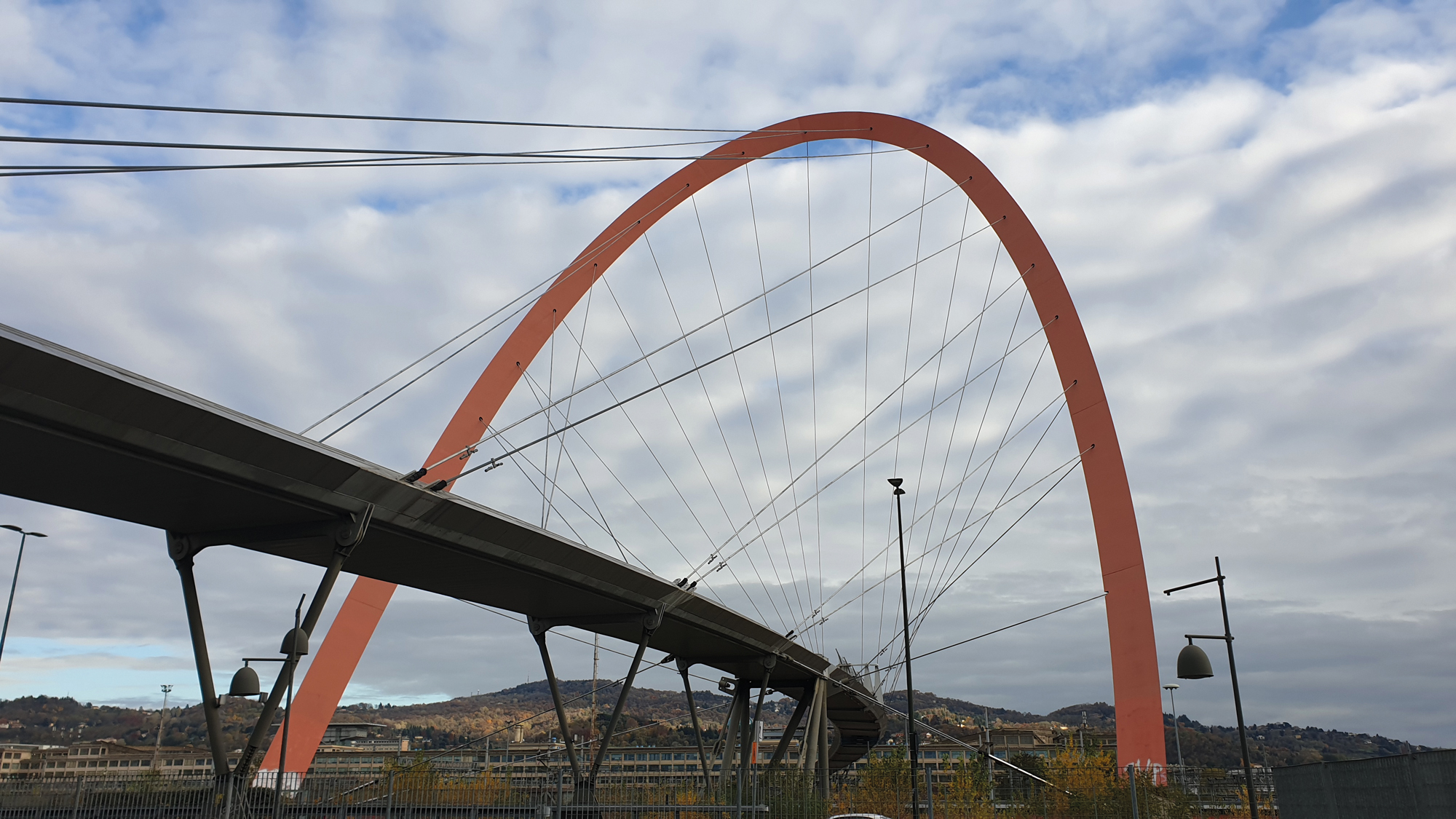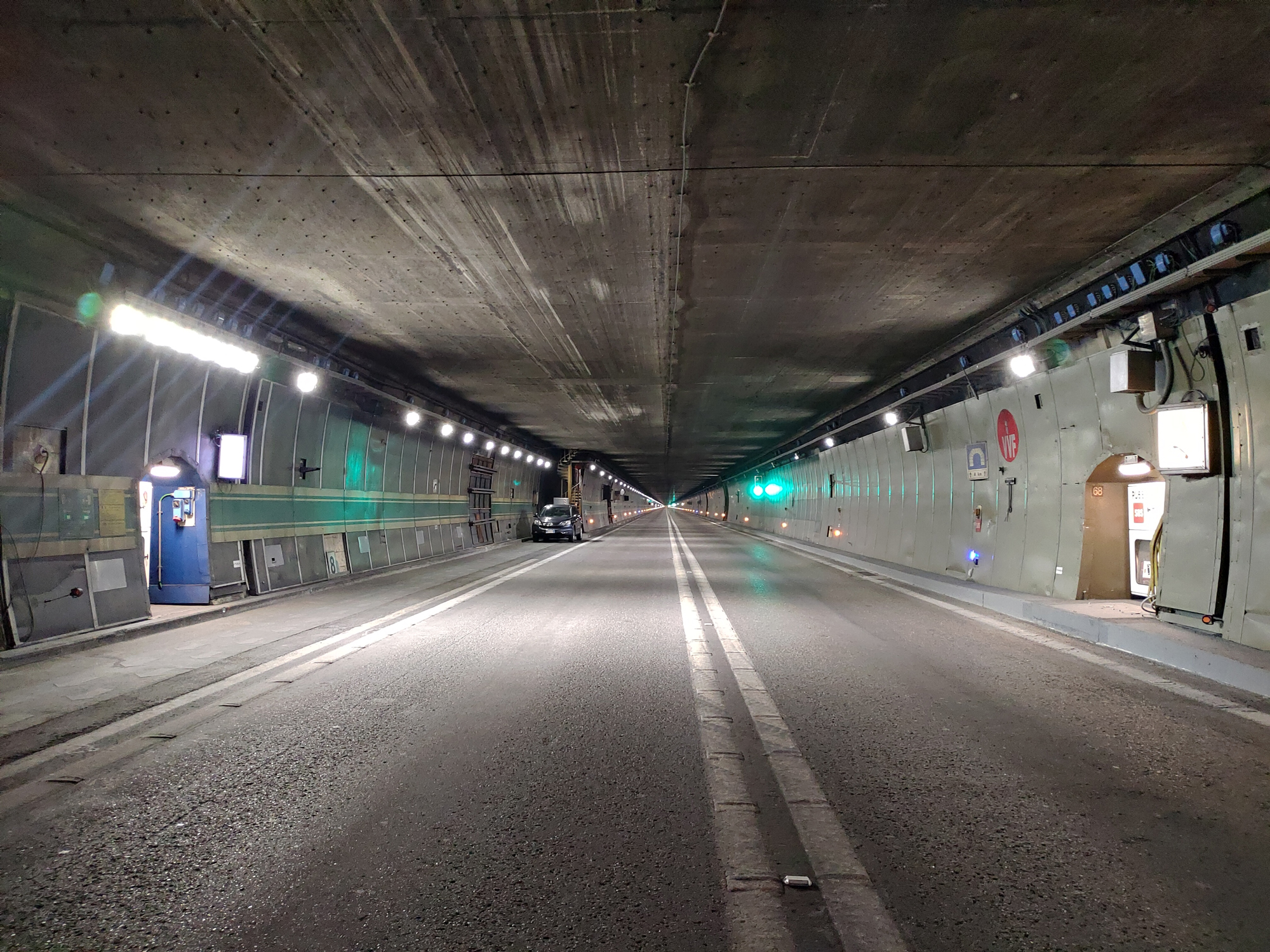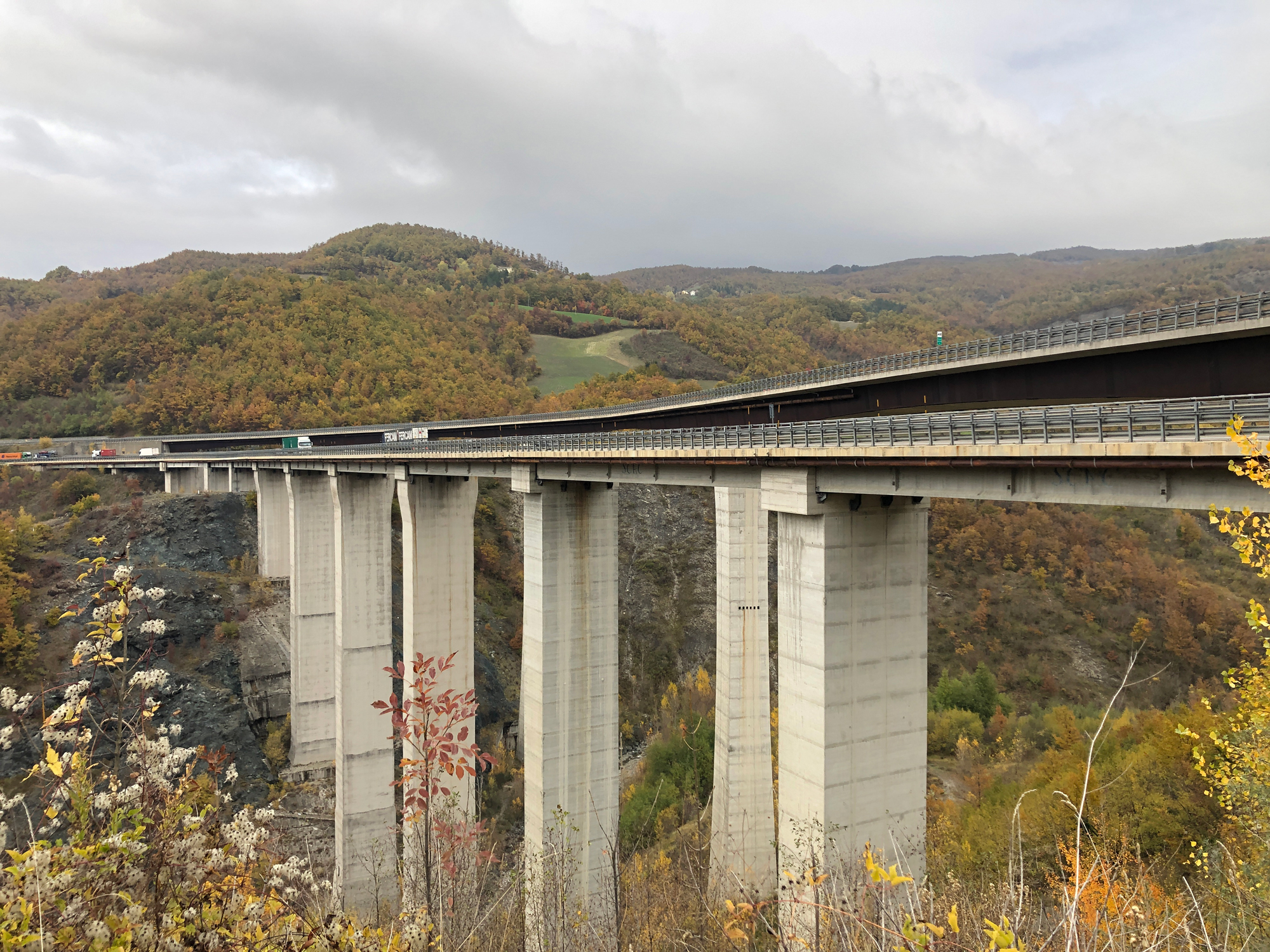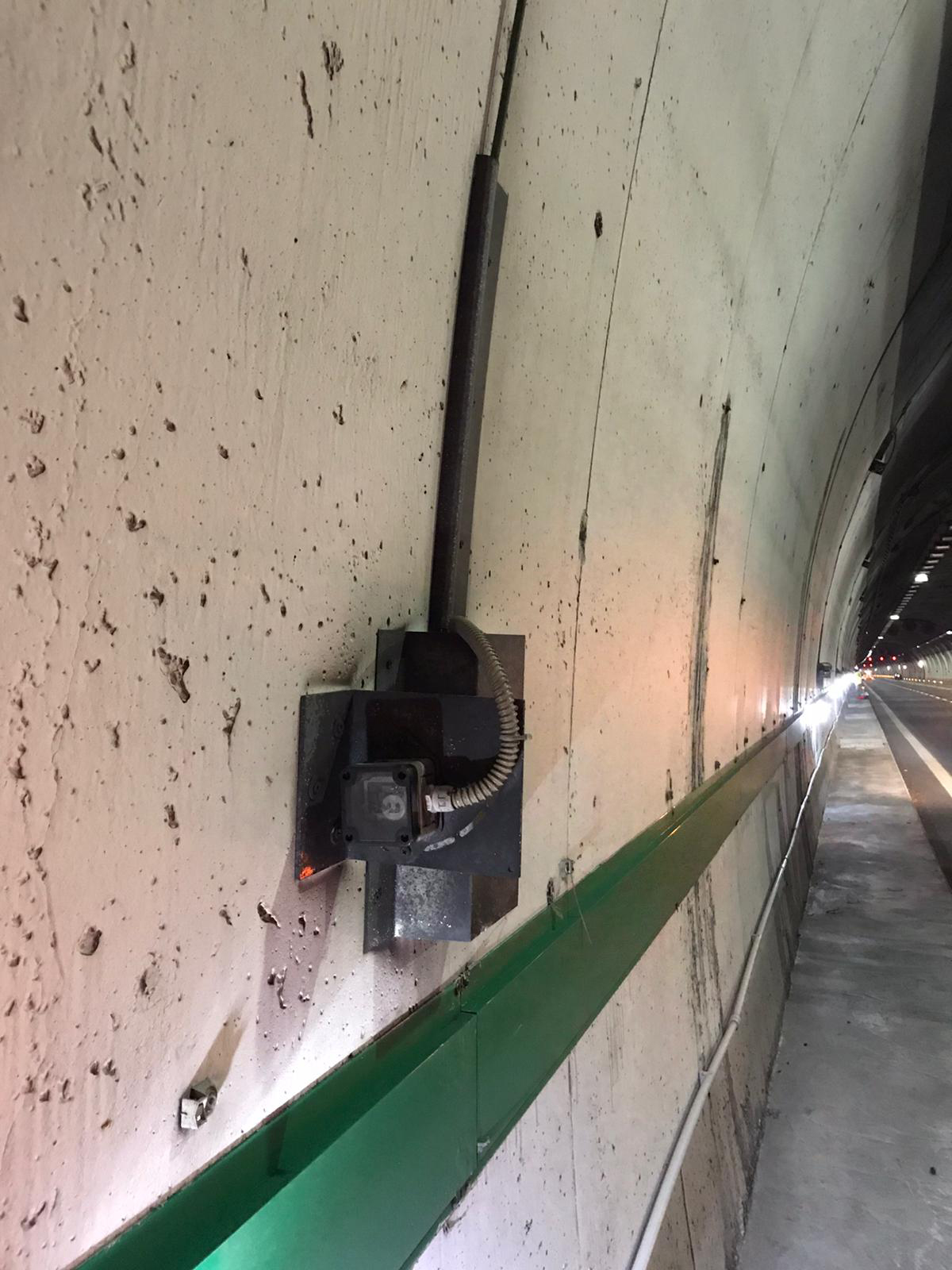SERVICES PROVIDED
- Executive plant design
- Installation assistance
- Continuous monitoring during the construction phase
- FE modeling and structural diagnostics with automatic alert
WHY MONITOR?
- Short term: Control of the deck response during open traffic restoration works
- Long term: Control of the static and dynamic behavior evolution of the deck over time
- Static and dynamic analysis of the effects induced by traffic loads
- Monitoring over time of the response evolution of the prestressing cables
- Real-time evaluation of the strand status under operational conditions of the structure
- Planning of targeted maintenance interventions
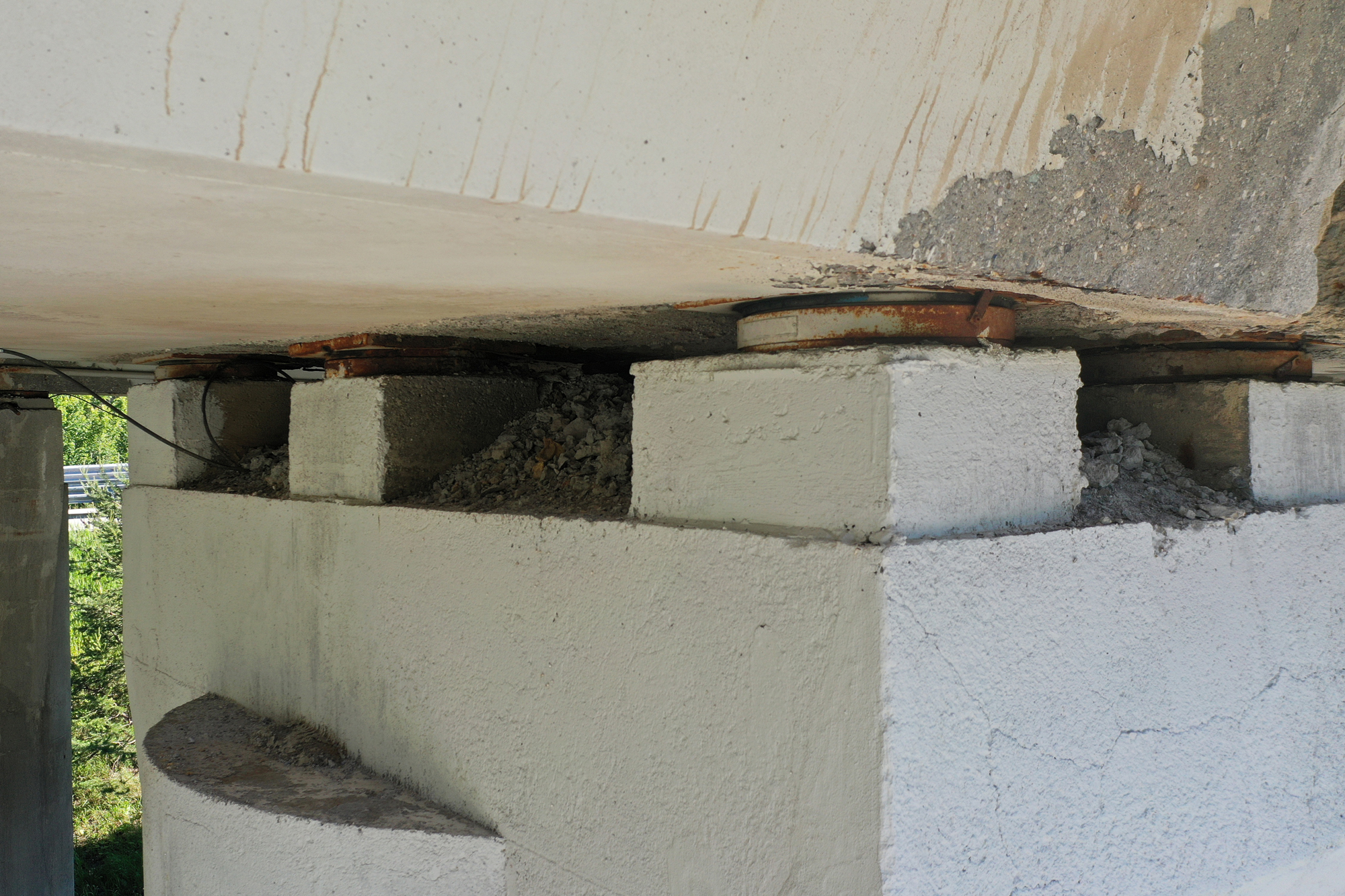
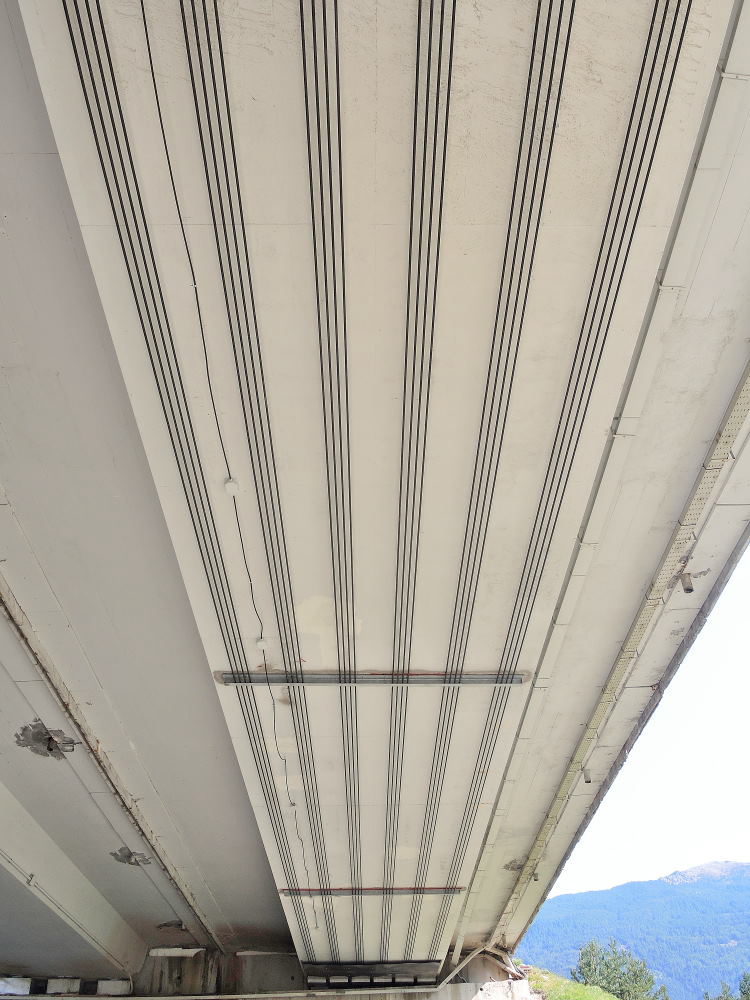
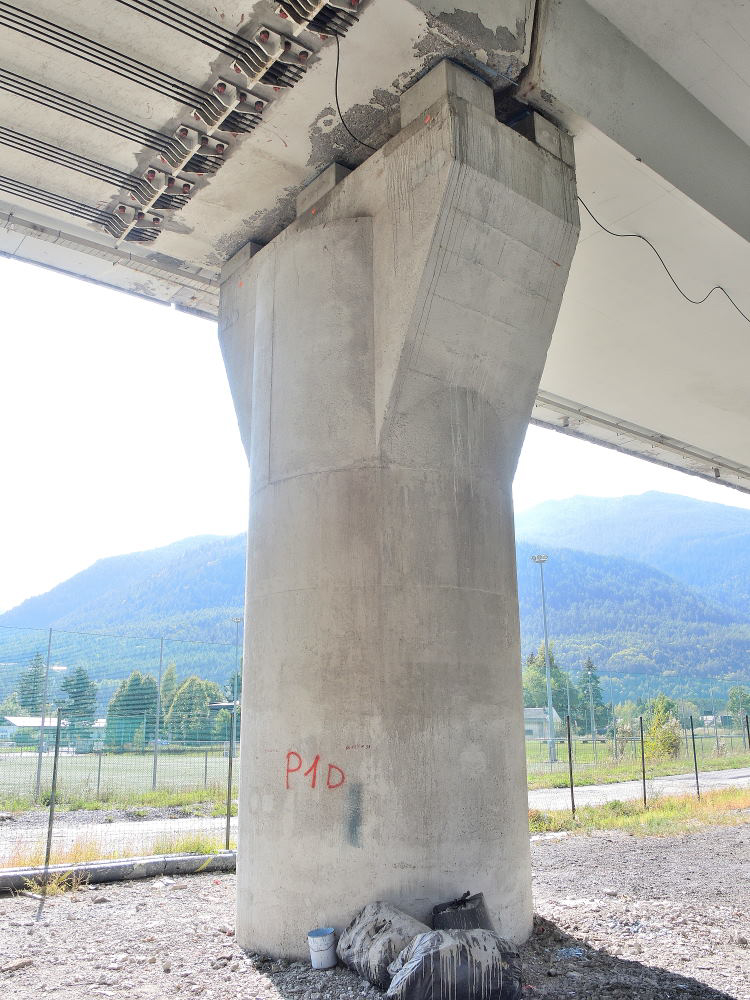
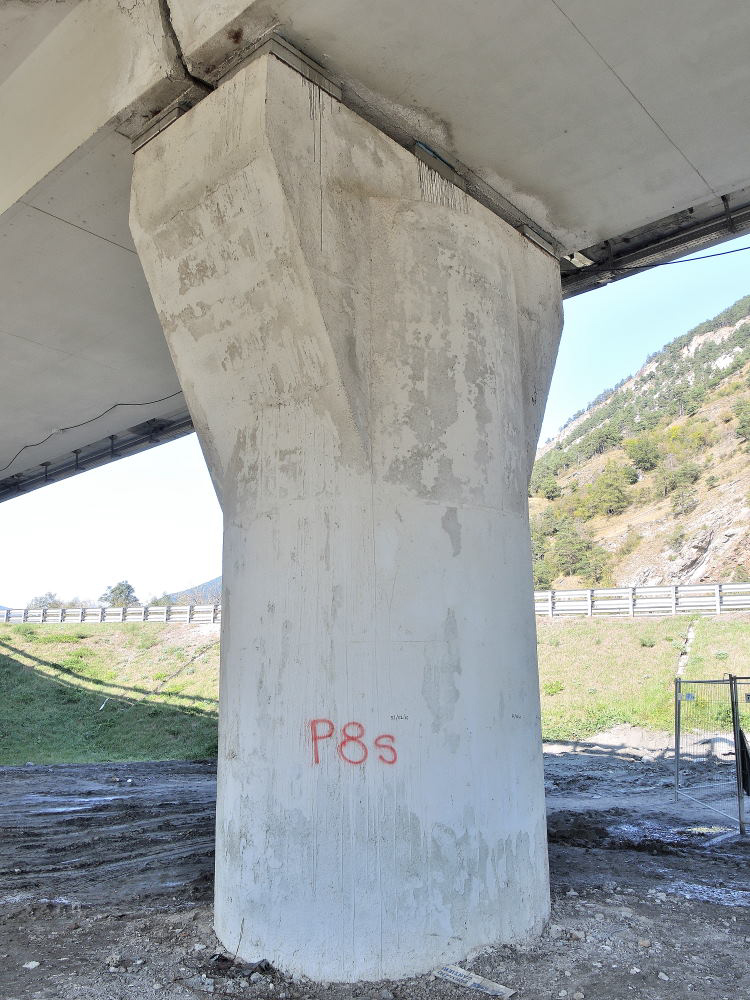

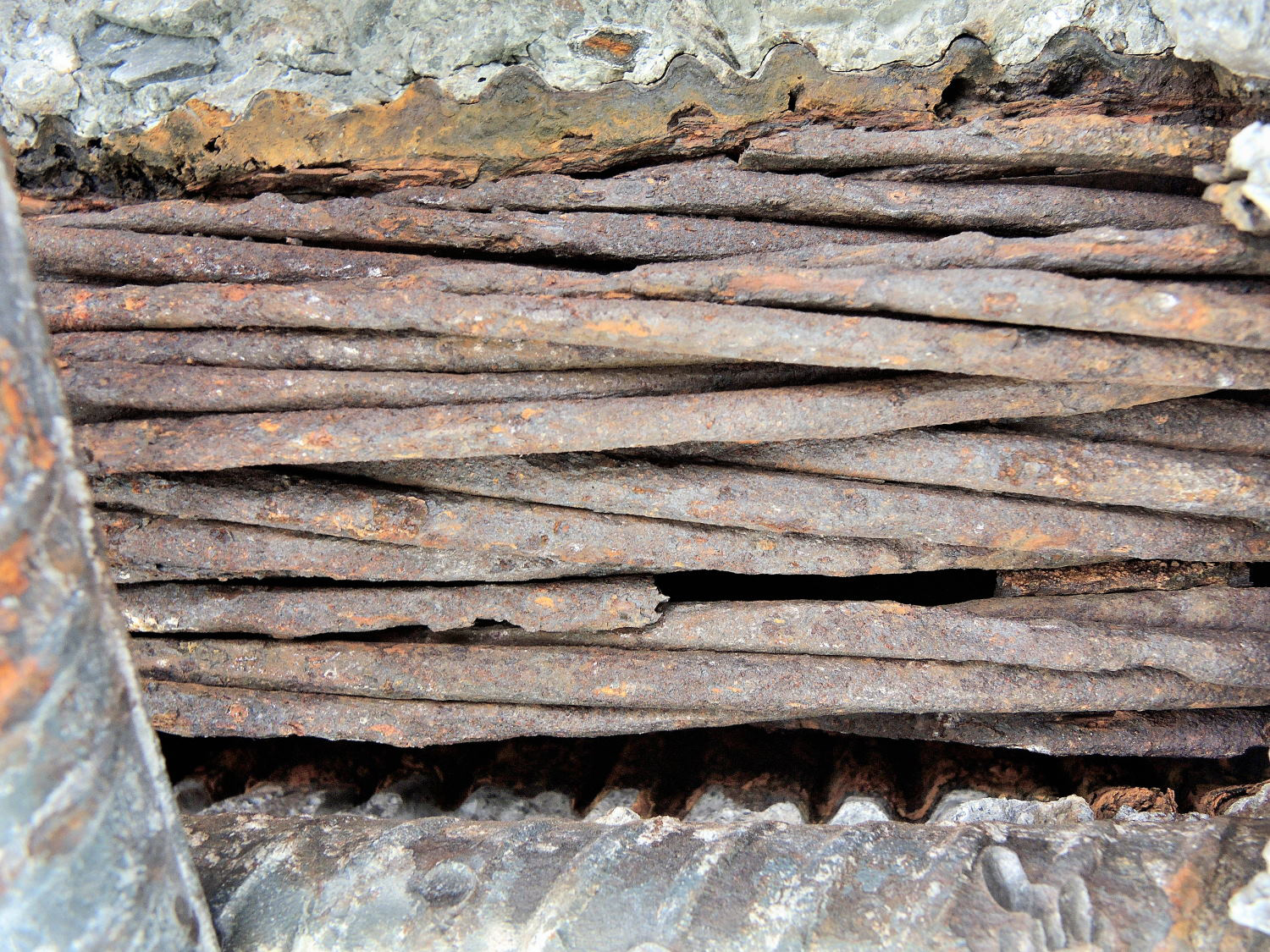
DESCRIPTION OF THE STRUCTURE AND THE STRUCTURAL MONITORING SYSTEM
The viaduct under monitoring is a prestressed reinforced concrete plate bridge with double independent carriageways, each consisting of 9 isostatic decks with a full plate section and constant height in the longitudinal direction; individual decks are supported at the abutments and all intermediate piers. The total length of each span is about 35 meters. The carriageways have a width of about 9 meters, while the total size of the decks in the transverse direction, including the curbs, is about 10.5 meters.
Investigation activities were carried out on the viaduct, which showed an advanced cracking pattern in some specific spans.
In particular, the intrados of the plate showed moisture spots and both longitudinal and transverse cracks, with possible water presence inside some post-tensioned cables sheaths and the consequent corrosion of the reinforcement. During the investigation, excavations were carried out at two transverse cracks, and these inspections revealed an advanced state of degradation of the prestressing reinforcement. For this reason, these spans underwent a reinforcement intervention, executed by installing external post-tensioned cables, aimed at restoring safety conditions on the structure. Sacertis carried out the structural monitoring of these spans during the work execution to keep the traffic open during the intervention; after verifying the positive outcome of the intervention, correctly identified by real-time and post-processing analyses of inclinometric and accelerometric data, the continuous structural monitoring was requested to be extended to the entire deck.
DIAGNOSTICS IN A NUTSHELL
The evaluation of the static and dynamic behavior evolution of the deck over time is supported by a non-linear finite element modeling. The model was preliminarily calibrated according to specific in situ tests under controlled loading conditions adequately specified by Sacertis. The measurements recorded during the test were processed and translated into rotations to compare the theoretical assumptions of the numerical simulation and allowed the updating of the same to set the initial monitoring conditions to compare with the evolution of the recorded behavior.The model-driven monitoring approach allowed investigating the main structural damage scenarios and defining the most significant and sensitive performance indicators on which to set threshold values and conditions. The continuous monitoring of the parameters is ensured both at the local level (edge level: automatic checks implemented on the local data collection units) and in the cloud environment (cloud level) through the introduction of structural logics related to logical groups of sensors and inter-parameter structural correlation.
Finally, the diagnostic is completed by a real-time alert service in case of any structural criticalities.
